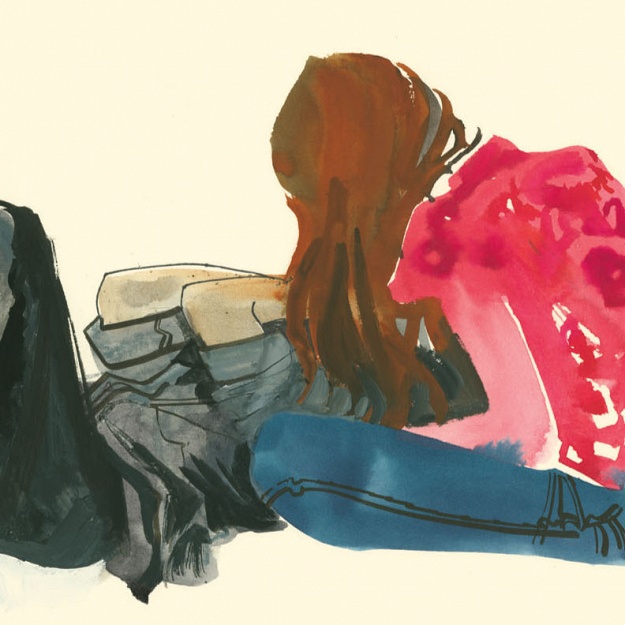 Kasia Boddy introduced ‘The Theory Generation’ by Nicholas Dames, which appeared in n+1 in October 2012 and which begins:
Kasia Boddy introduced ‘The Theory Generation’ by Nicholas Dames, which appeared in n+1 in October 2012 and which begins:
‘If you studied the liberal arts in an American college anytime after 1980, you were likely exposed to what is universally called Theory. Perhaps you still possess some recognizable talismans: that copy of The Foucault Reader, with the master’s bald head and piercing eyes emblematic of pure intellection; A Thousand Plateaus with its Escher-lite line-drawing promising the thrills of disorientation; the stark, sickly-gray spine of Adorno’s Negative Dialectics; a stack of little Semiotext(e) volumes bought over time from the now-defunct video rental place. Maybe they still carry a faint whiff of rebellion or awakening, or (at least) late-adolescent disaffection. Maybe they evoke shame (for having lost touch with them, or having never really read them); maybe they evoke disdain (for their preciousness, or their inability to solve tedious adult dilemmas); maybe they’re mute. But chances are that, of those studies, they are what remain. And you can walk into the homes of friends and experience the recognition, wanly amusing or embarrassing, of finding the very same books. If so, you belong to what might be called the Theory Generation; and it has recently become evident that some of its members have been thinking back on their training.’
Dames goes on to discuss the influence of an education (or cult initiation) in big-T Theory during ‘the long 1980s’ on the likes of Jennifer Egan, Jeffrey Eugenides, Ben Lerner, Sam Lipstye and Lorrie Moore. Their novels, he argues, are ‘peculiar novels of ideas’ in which realism ultimately ‘has its revenge’ on a particulalrly rarified academic education. And yet that education retains some value, he concludes: ‘it habituates you to the anomic, precarious existence you were destined to lead in any case. It was like a drug after all: not hallucinogenic or mind-expanding, but rather pleasantly sedating.’
Leave a Reply